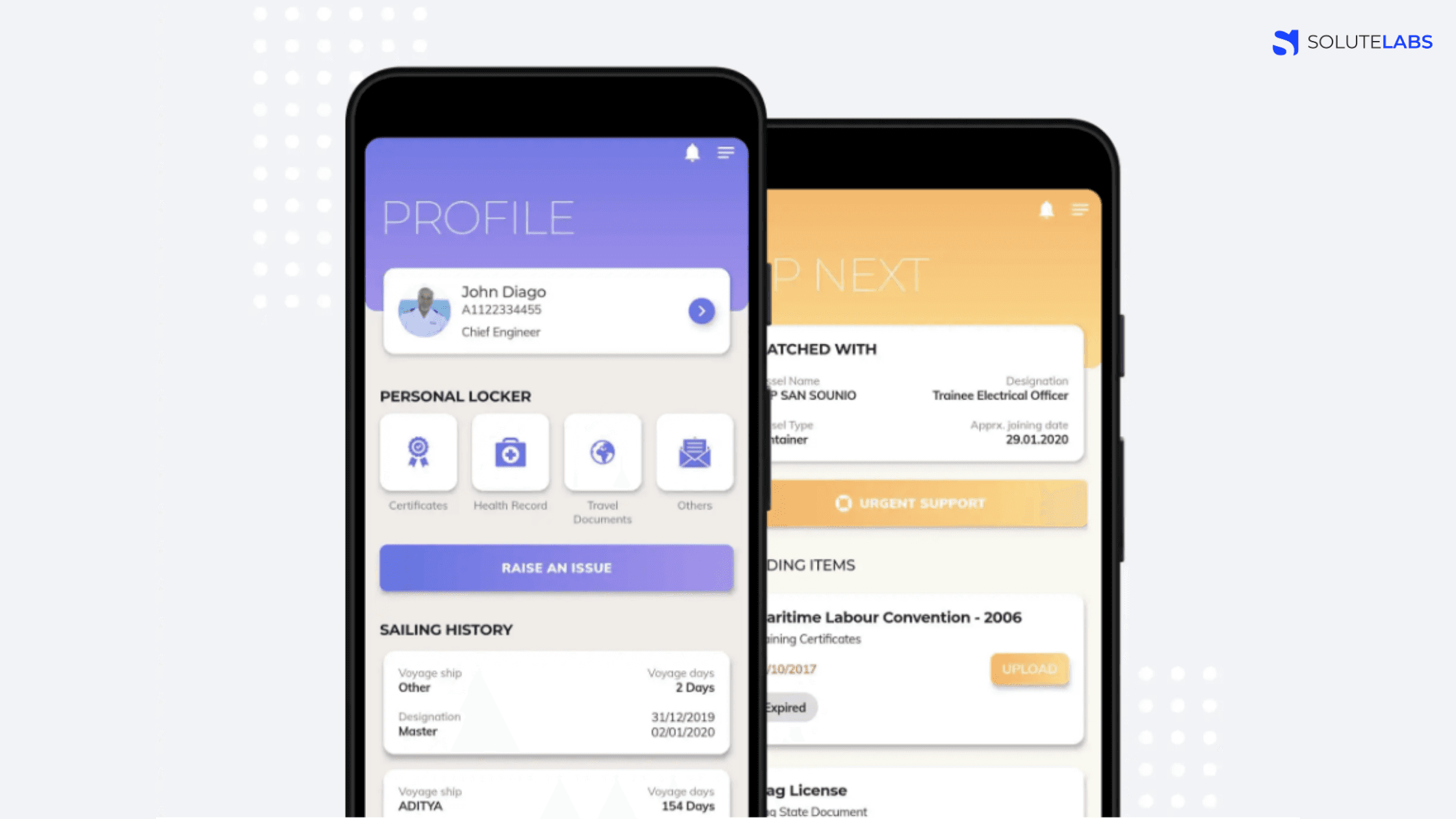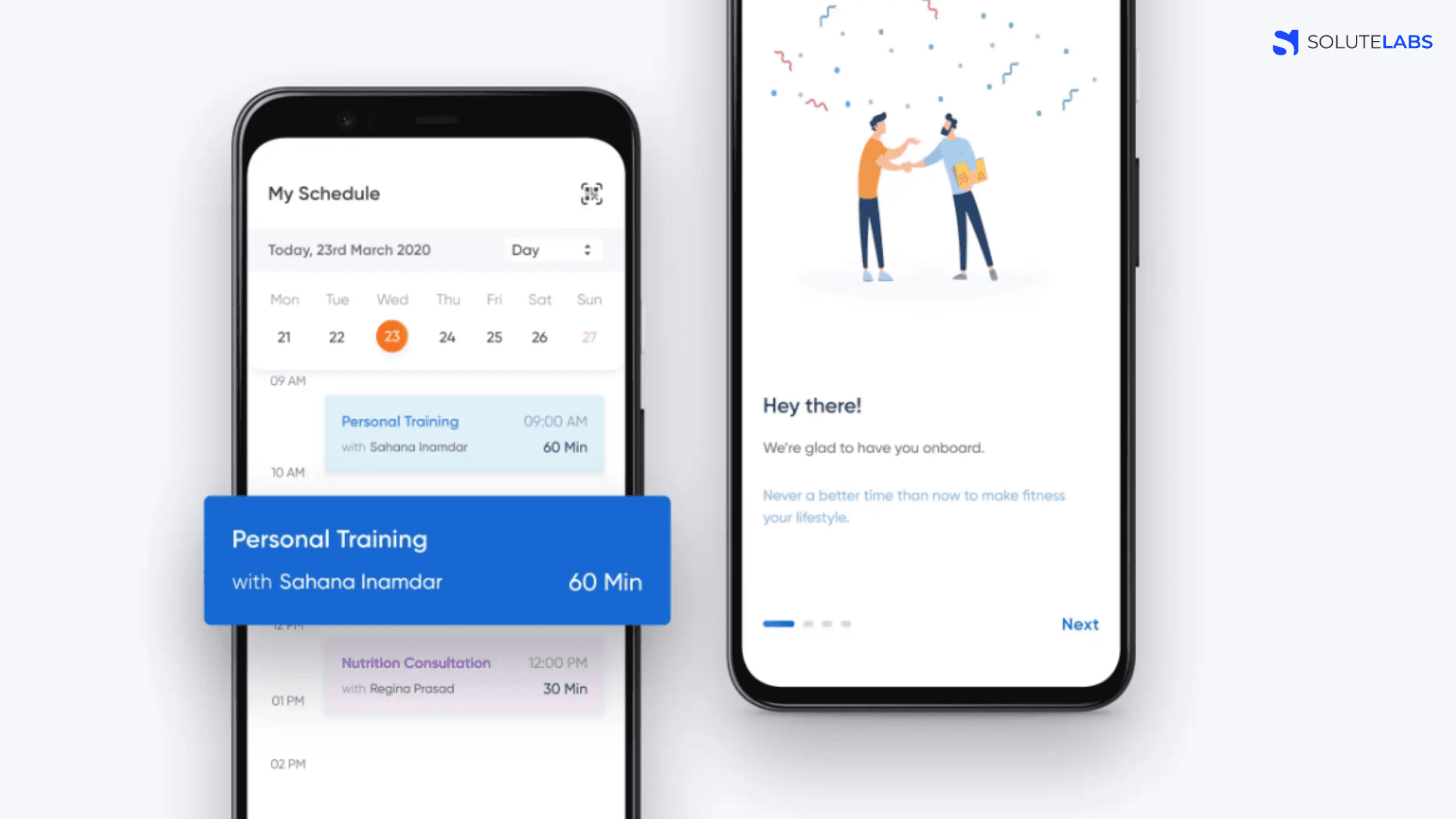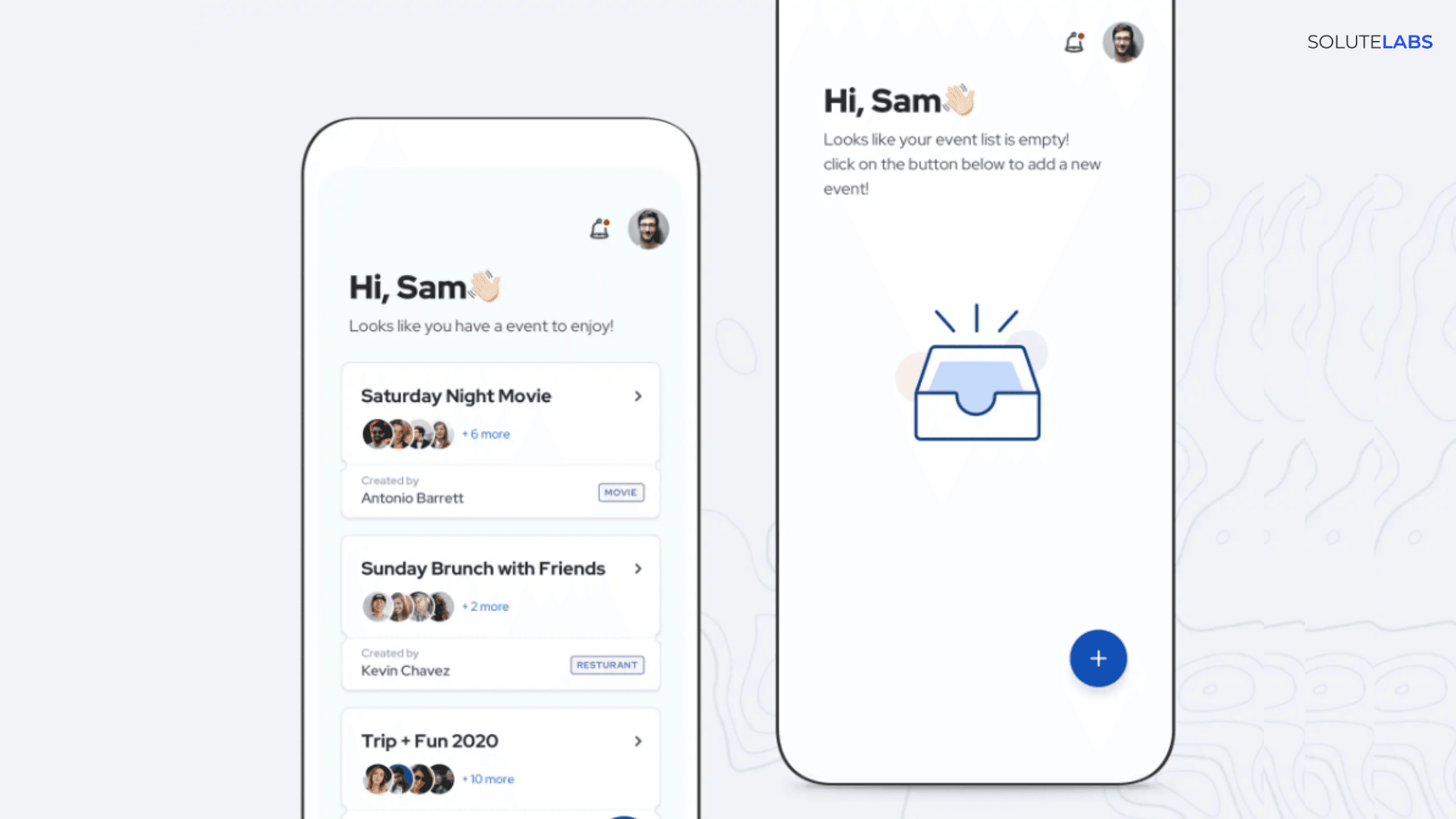With Flutter receiving so much fame in the market, most of the businesses that reach out to us to build cross-platform apps, have this one question in common:
Is Flutter good for app development?
If you also have this question, here we have compiled a few circumstances in which you should go for Flutter app development.
When is Flutter good for your business?
1. When you want to launch your apps faster
Two types of businesses need to launch apps faster-
- Startups — They are time-critical. In his Ted Talk, Bill Gross from Idealab shares that timing accounts for 42% of the difference between success and failure. So, if they miss out on a timely launch, they miss out on the purpose of their launch.
- Enterprises — They are already successful, but they want to try out something new to add more business growth and success through different lines of products and services. For them too, time matters the most because competition doesn’t wait for anyone. For example, soon after WhatsApp coming up with their change in privacy policies, Signal Technology Foundation and Signal Messenger LLC launched Signal Private Messaging App. If it was not Signal, it might have been some other app.
For all the time-critical businesses, we recommend building Minimum Viable Products (MVPs) that can be built with limited yet essential features in a shorter timespan. That’s the reason why building cross-platform apps becomes necessary.
But, why Flutter? Is Flutter a good choice for mobile app startups? Yes! And, here we’ve got the reasons for the same,
- Faster app development with Hot Reloading feature
The Hot Reloading feature in Flutter enables developers to make changes to the code, and instantly preview them on emulators and hardware. This speeds up the time to build MVPs.
Also, read: Flutter for your Next Product Idea
- One codebase for two platforms
Google Flutter is a cross-platform app development framework, which means, it helps developers to write code once and build apps for all platforms- iOS and Android. Obviously, with some code changes, but the time to build two apps are certainly reduced. Also, Flutter comes with various built-in widgets that makes development quicker than ever.
- Faster testing and QA
Testing app features on iOS and Android apps can sometimes become daunting for the testers and QAs. They have to check whether a feature working on one platform is working on another or not. This QAing process becomes faster with Flutter’s single codebase as the time required to test both the apps is lesser.
2. When you want to provide custom native app performance and experiences
Though cross-platform app development frameworks promise to provide native app experiences, we all know that this was far away from the promise. But, Flutter overcomes all such traditional challenges cross-platform frameworks have.
When it comes to utilizing the native features such as scrolling, navigation, fonts, and more, Flutter creates views that makes the apps look appealing as well as consistent across both the platforms.
Futter considers the platform differences, and enables developers to build brilliant native apps using custom widgets.
3. When you want to save cost on building two native apps
When businesses used to invest in native app development, the apps had amazing UX but the costs were super high for which maximizing ROI was becoming difficult.
That’s the reason why businesses shifted their focus towards cross-platform app development. But here, the app UX and performance were not anywhere near to what native apps used to deliver.
That’s where Flutter comes into picture.
Each feature of Flutter such as single codebase, Hot Reload, Material Design, and more reduces hours that developers have to put in to build two mobile apps. Developers can quickly make the changes such as bug fixing, feature upgrades, etc. to the build, and review the changes live on the emulators instantly. Hence, the overall mobile app development time is reduced.
With Flutter, you get two mobile apps with the cost of one. Literally!
4. When you want consistent UI across iOS and Android
Flutter Widgets helps developers build powerful user interfaces for mobile apps. Unlike other cross-platform frameworks, Flutter has a unified object model named, widget. With Widgets, you can define everything from the structural & stylistic elements to the layout aspects.
Flutter consists of widgets from Google’s Material Design and Apple’s Cupertino. So, when Flutter widget rendering happens in the Skia engine, developers don’t need to use the Original Equipment Manufacturer widgets, which results in the flawless app UI across iOS and Android.
Businesses looking to create a consistent look and feel of their mobile apps across multiple platforms, Flutter is the best choice.
5. When you want to build a web and desktop interface as well
On top of building iOS and Android apps, Flutter provides support for web and desktop as well.
Flutter web is a code compatible version of the software development kit (SDK) that generates the web content rendered using HTML, CSS, and JavaScript.
Flutter desktop empowers developers to compile Flutter code to a native Windows, macOS, or Linux desktop app.
Large enterprises or Corporates looking to build apps across any platform can utilize Flutter for a seamless, smooth, and scalable user experience across all the apps.
A quick summary of when to choose Flutter
Choose Flutter when you want beautiful, performant, and scalable native cross-platform apps in limited time and cost. But, it completely depends on the team you hire to build Flutter apps. The skills, experience, and expertise makes all the difference here.










